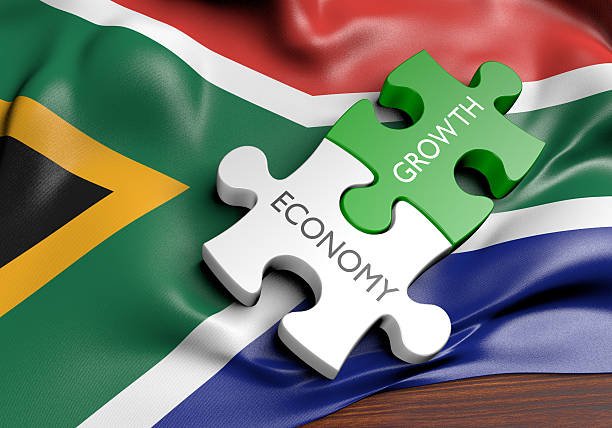How do imported goods contribute to spiralling inflation in South Africa?
Inflation is a complex economic phenomenon, and its relationship with imported goods is particularly intricate. In South Africa, the dynamics between imported goods and inflation have been a subject of interest among economists, policymakers, and the general public. This article explores how imported goods contribute to spiralling inflation in the country, examining the underlying mechanisms, relevant economic theories, and local examples.
How Do Imported Goods Contribute to Spiralling Inflation in South Africa?
Imported Goods Contribute to Spiralling Inflation in South Africa because of several interconnected factors. Firstly, exchange rate volatility, particularly a weak Rand, can make imports more expensive, contributing to inflation through increased costs of goods like fuel. Secondly, South Africa’s dependency on certain imported items like oil and machinery means that global price changes can have a direct impact on local costs, leading to cost-push inflation. Thirdly, disruptions in the global supply chain can cause scarcity and higher prices for imported goods, creating demand-pull inflation. Lastly, government trade policies, such as tariffs and import restrictions, can also affect the cost of imported goods, leading to tariff-induced inflation. These factors collectively create a complex relationship between imported goods and inflation, making the pricing of goods and services more volatile in the South African market.
1. Exchange Rate Volatility
Introduction to Exchange Rate Impact
The exchange rate between the South African Rand and other major currencies directly affects the cost of imported goods.
Theory: Purchasing Power Parity (PPP)
The Purchasing Power Parity theory posits that exchange rates should equalize the price of goods between different countries. Fluctuations in the exchange rate can make imported goods more expensive, contributing to inflation.
South African Context and Example
A weak Rand makes imports costlier, which can be passed on to consumers in the form of higher prices, thus fueling inflation. An example would be the increase in fuel prices due to a weaker Rand.
2. Dependency on Imported Goods
Introduction to Dependency on Imports
South Africa’s reliance on certain imported goods, such as oil and machinery, means that changes in global prices can have a significant impact on local inflation.
Theory: Cost-Push Inflation
Cost-push inflation occurs when the costs of production increase, leading to higher prices. This can be triggered by an increase in the price of imported raw materials.
South African Context and Example
An increase in global oil prices directly affects transport and manufacturing costs in South Africa, leading to higher prices for goods and services.
3. Global Supply Chain Disruptions
Introduction to Supply Chain Disruptions
Disruptions in the global supply chain can lead to scarcity and higher prices for imported goods, contributing to inflation.
Theory: Demand-Pull Inflation
Demand-pull inflation happens when demand exceeds supply. If supply chain disruptions limit the availability of imported goods, prices may rise due to increased demand.
South African Context and Example
A disruption in the global supply of electronic goods might lead to increased prices for computers and smartphones in South Africa.
4. Government Trade Policies and Tariffs
Introduction to Government Policies
Government trade policies, such as tariffs and import restrictions, can affect the cost of imported goods.
Theory: Tariff-Induced Inflation
Tariffs on imports can lead to higher prices for those goods, which in turn may contribute to inflation.
South African Context and Example
If the South African government imposes tariffs on imported clothing, it may drive up the prices of those products, affecting overall inflation rates.
Conclusion: Understanding the Complex Relationship
The relationship between imported goods and inflation in South Africa is multifaceted and rooted in a complex interplay of exchange rates, dependence on specific imports, global supply chain dynamics, and governmental trade policies. By understanding these elements, economists and policymakers can work towards strategies to mitigate the inflationary pressures arising from imported goods.
These concepts not only hold true for professionals in economics but can also help high school learners in South Africa understand how global trade impacts daily life. Understanding the link between imported goods and inflation is essential for informed decision-making at both the governmental and individual levels. It sheds light on the intricate web of global economic forces that shape the cost of living in South Africa.

